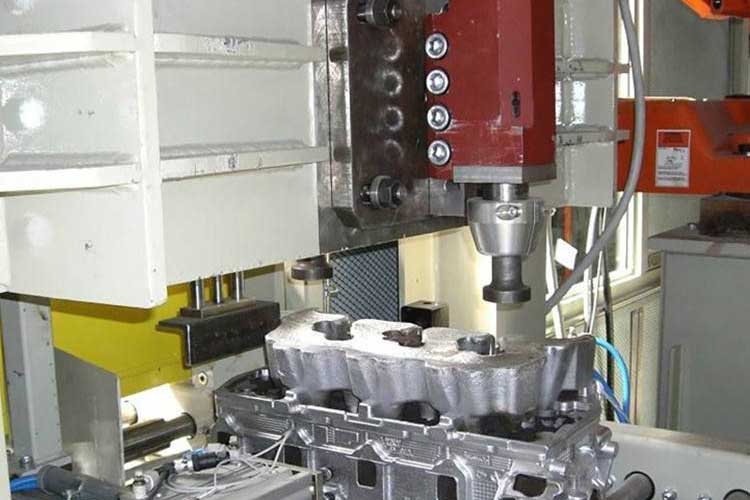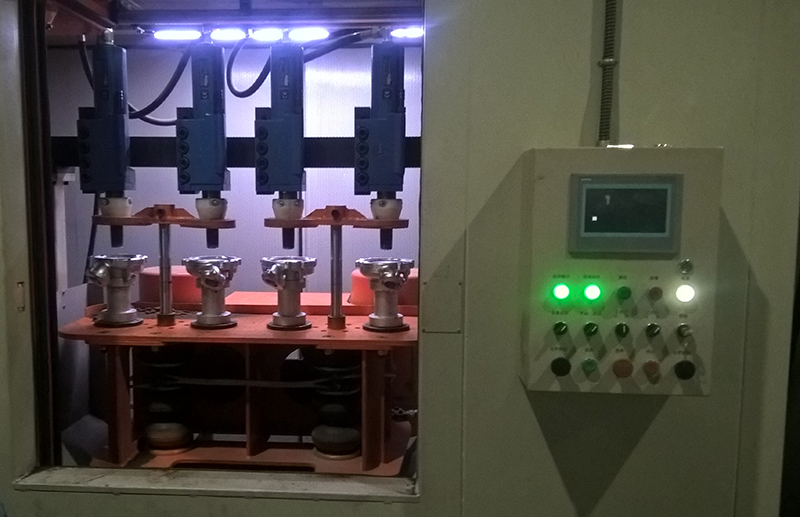Foundry decoring machines play a vital role in the casting process by removing sand cores from castings. Sand cores are used to create hollow shapes or internal structures within castings. Once the casting is complete, it becomes necessary to remove these sand cores for further processing and utilization. Decoring machines are specialized tools designed to efficiently and effectively remove sand cores, improving the quality and functionality of the final castings. In this article, we will explore the importance and function of decoring machines in the foundry industry.

Understanding the Need for Decoring Machines
The Casting Process and Sand Cores
- Sand Cores in Casting:
- Sand cores are used to create internal cavities or complex shapes within castings.
- They provide structural integrity and help achieve intricate designs in cast components.
- Sand Core Removal:
- After casting, the sand cores must be removed from the castings.
- The removal process is crucial for further processing, finishing, and assembly of the cast components.
Challenges in Sand Core Removal
- Manual Labor Limitations:
- Traditional manual methods of sand core removal are time-consuming and labor-intensive.
- The complexity and size of the cores make manual removal challenging and inefficient.
- Quality and Efficiency Concerns:
- Inadequate removal of sand cores can lead to casting defects, compromising product quality.
- Manual methods may cause damage to the casting, requiring additional rework.
The Function and Benefits of Decoring Machines
The Role of Decoring Machines
- Efficient Sand Core Removal:
- Decoring machines are designed to automate and streamline the sand core removal process.
- They utilize specialized tools and techniques to effectively extract sand cores from castings.
- Increased Productivity:
- Decoring machines significantly reduce the time and effort required for sand core removal.
- Automated processes enable faster turnaround and higher production volumes.
Advantages of Using Decoring Machines
- Improved Quality:
- Decoring machines ensure consistent and thorough removal of sand cores, minimizing casting defects.
- They help achieve cleaner, smoother surfaces, enhancing the overall quality of the castings.
- Enhanced Worker Safety:
- Automated decoring machines reduce the reliance on manual labor, mitigating the risk of worker injuries.
- Operators can focus on monitoring and controlling the decoring process, improving workplace safety.
Choosing the Right Decoring Machine
Factors to Consider
- Casting Size and Complexity:
- Evaluate the size, shape, and complexity of the castings to determine the appropriate decoring machine.
- Different machines are designed to handle varying casting sizes and core removal challenges.
- Automation and Control Features:
- Consider the level of automation and control capabilities offered by the decoring machine.
- Advanced features such as programmable settings and monitoring systems can enhance efficiency and quality.
- Maintenance and Support:
- Choose a decoring machine from a reputable manufacturer that provides reliable maintenance and support services.
- Regular maintenance and timely support ensure the longevity and optimal performance of the machine.
Final Words
Decoring machines are indispensable tools in the foundry industry, facilitating the efficient removal of sand cores from castings. These machines offer numerous benefits, including improved productivity, enhanced product quality, and increased worker safety. When selecting a decoring machine, it’s crucial to consider factors such as casting size, automation features, and maintenance support. By investing in the right decoring machine, foundries can streamline their operations, achieve superior castings, and drive overall productivity.
